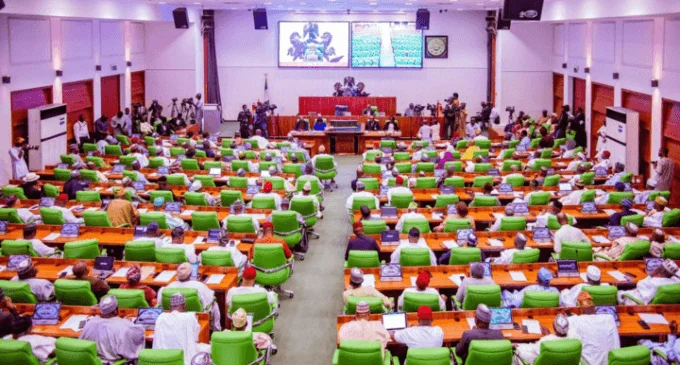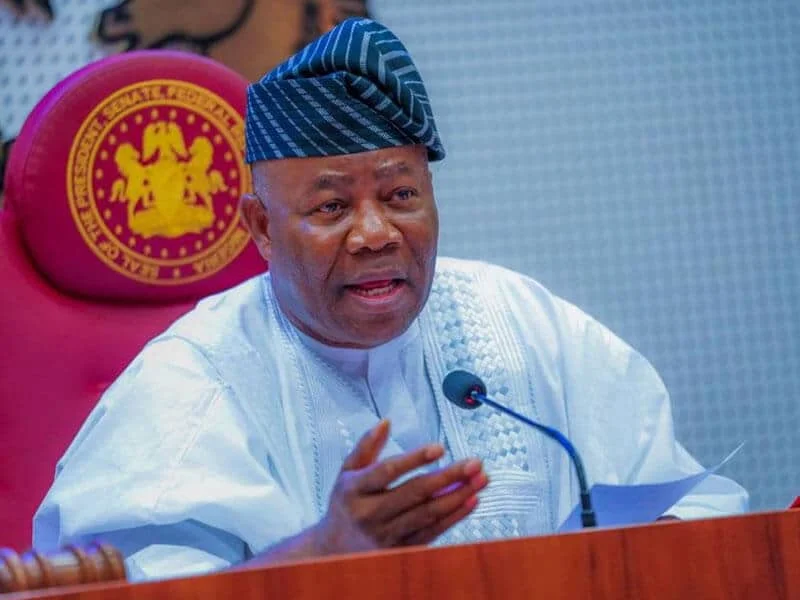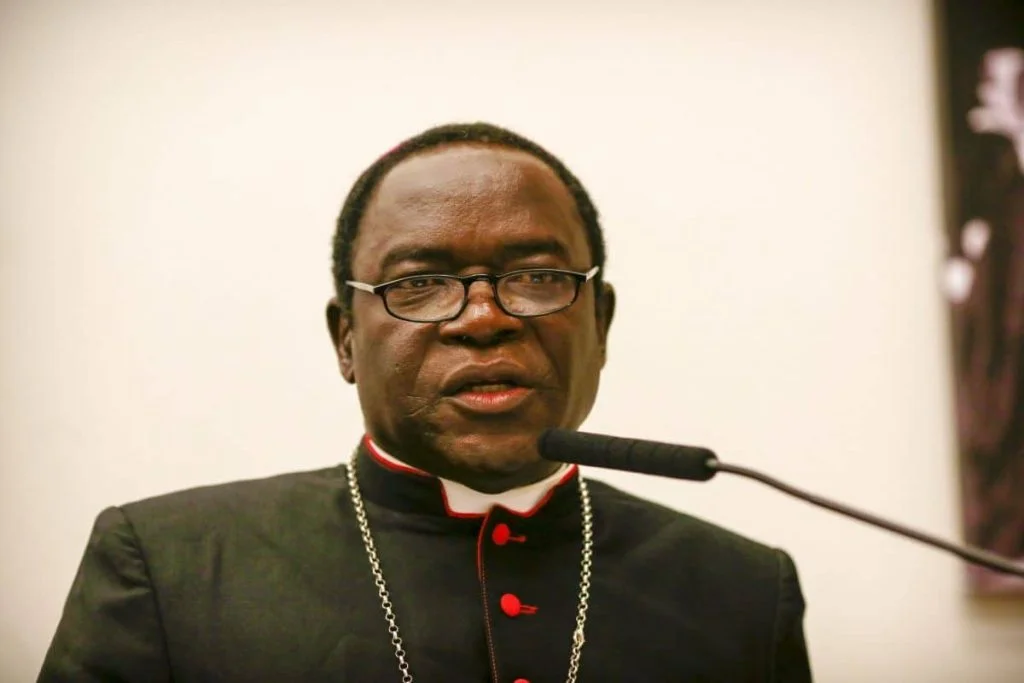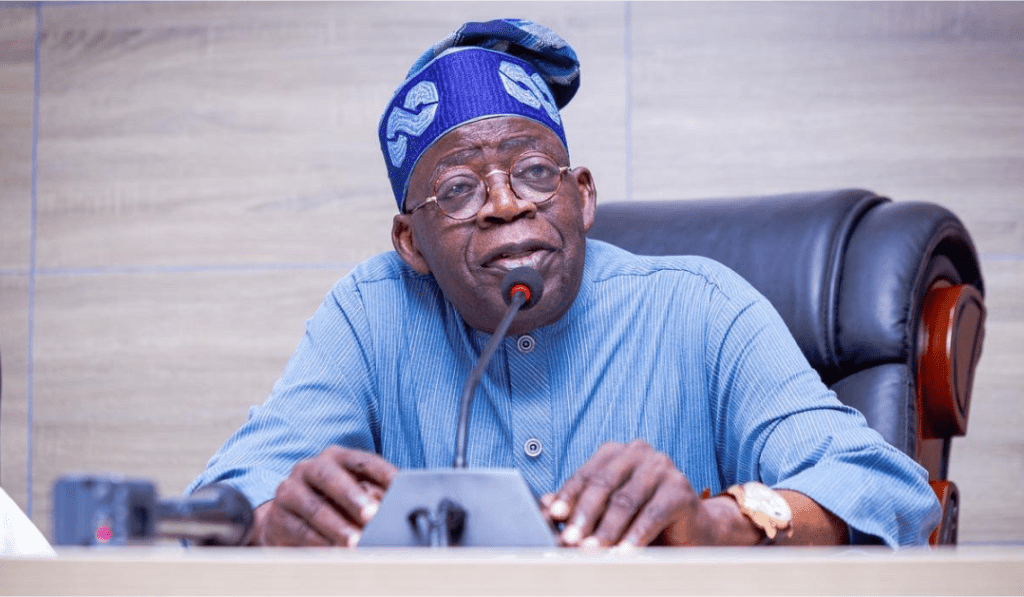The United States has announced a major overhaul of its foreign aid strategy, signaling the end of its long-standing charity-based assistance model for developing regions. Beginning July 1, 2025, the U.S. will shift its approach to a more strategic, investment-focused model, targeting Africa, Latin America, and other low- and middle-income regions.
This new direction, unveiled in a statement by Secretary of State Marco Rubio, places the U.S. Department of State in full control of foreign assistance programs. It also officially ends the United States Agency for International Development’s (USAID) decades-long role in managing foreign aid.
A Major Policy Shift
According to Secretary Rubio, the traditional charity-driven aid structure has failed to deliver long-term progress. Instead of fostering independence, it has led to what he described as “addiction” to foreign assistance among recipient governments.
“As of July 1, USAID will officially cease to implement foreign assistance,” the statement reads. “Going forward, all foreign assistance programs that support administration policies and American strategic interests will be overseen by the Department of State. This change is designed to improve accountability, ensure strategic alignment, and drive better results.”
Rubio emphasized that the U.S. will now prioritize foreign aid that fosters self-reliance, economic growth, and meaningful reform in partner countries. Future funding will be time-bound, performance-driven, and directly tied to a country’s willingness and ability to implement necessary reforms that attract private and international investment.
Ending Dependency and Promoting Self-Reliance
The shift in policy stems from the growing frustration within U.S. foreign policy circles over the limited return on decades of development aid. Rubio pointed out that despite providing more than $165 billion in aid to sub-Saharan Africa since 1991, the region aligned with the U.S. on only 29% of key United Nations votes in 2023—one of the lowest rates globally.
This, Rubio argued, demonstrates the ineffectiveness of aid programs that are not rooted in mutual interest and accountability.
“The charity-based model failed because too many developing nations became reliant on it,” the statement said. “Our research shows a strong desire from these countries to move toward trade and investment partnerships instead of receiving endless, often unproductive, handouts.”
According to Rubio, many African and Latin American governments have increasingly called for private-sector engagement, business investment, and infrastructure development over continued charity from the West. This feedback has shaped the U.S.’s decision to make its aid conditional, targeted, and aligned with long-term growth objectives.
Moving from Aid to Investment
Under the new model, foreign aid will be designed not as a substitute for domestic development but as a tool to unlock greater private and international capital. U.S. assistance will now focus on creating the right conditions for investment, including support for good governance, legal reforms, market stability, and infrastructure improvements.
The goal, according to Rubio, is to move away from unsustainable, donor-dependent projects and instead promote scalable initiatives that drive entrepreneurship, job creation, and national self-reliance.
This approach is also seen as a direct counter to China’s expanding footprint across the developing world. While China has often prioritized infrastructure investments through government-backed loans and the Belt and Road Initiative, the U.S. intends to differentiate itself by focusing on transparent, rules-based investment that supports democratic institutions and open markets.
Stronger Oversight and National Branding
As part of this strategic overhaul, all U.S. aid will now be clearly branded with the American flag, ensuring that recipient countries know the origin of the support. This change marks a significant break from the longstanding practice of channeling aid through third-party NGOs and international agencies that often operate without U.S. branding or attribution.
“From now on, every dollar of U.S. assistance will be visible,” Rubio said. “We want our partners—and our competitors—to understand that America’s support comes with accountability, transparency, and partnership.”
Additionally, new oversight mechanisms will be introduced to ensure that aid is being used effectively and that it delivers measurable outcomes. The Department of State will now be responsible for both designing and implementing aid programs, enabling better coordination with U.S. foreign policy and security interests.
Reform Rooted in Previous Reviews
This dramatic pivot has its roots in an extensive review of U.S. foreign aid conducted under the Trump administration. That review examined over $715 billion in assistance spent over several decades and concluded that much of it had produced limited results, especially in countries where corruption, poor governance, or instability undermined long-term progress.
Now, with this review complete and policy reforms in motion, the Biden administration has embraced a new philosophy: aid must serve as a bridge to economic independence, not a perpetual lifeline.
What Comes Next?
With USAID’s role set to end on July 1, 2025, the transition to the new model is expected to begin immediately. Aid programs that fail to meet the new criteria for strategic alignment or measurable impact will be phased out. Meanwhile, countries that embrace reforms, fight corruption, and prioritize inclusive development will be rewarded with targeted support designed to catalyze investment and long-term growth.
The U.S. will also prioritize partnerships with countries that uphold democratic values, human rights, and open markets—key pillars of its foreign policy and national interest.
While critics may raise concerns about the loss of humanitarian flexibility, Rubio’s statement suggests that emergency relief and disaster response efforts will still be available when lives are at stake. However, routine economic assistance, food aid, or budgetary support will no longer be delivered without conditions.
A New Era in U.S. Development Policy
This transformation represents one of the most significant shifts in U.S. foreign aid policy in decades. It reflects a growing consensus among U.S. policymakers that aid must evolve with the times—focusing less on short-term relief and more on empowering countries to build resilient, self-sustaining economies.
For Africa, Latin America, and other developing regions, the message is clear: the era of indefinite foreign assistance is over. In its place, the U.S. is offering partnership—built on shared interests, mutual respect, and the belief that real progress comes not from charity, but from opportunity.












